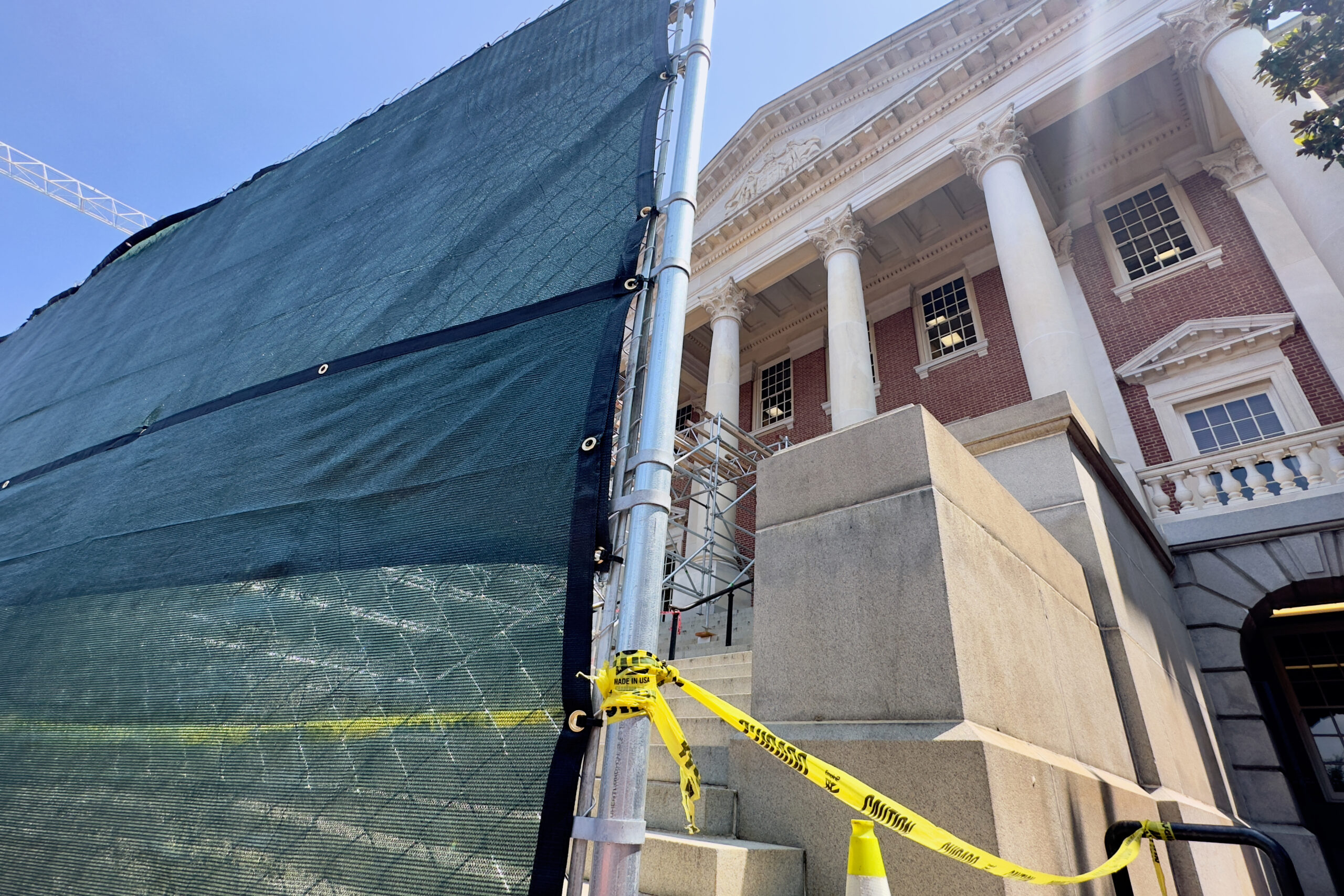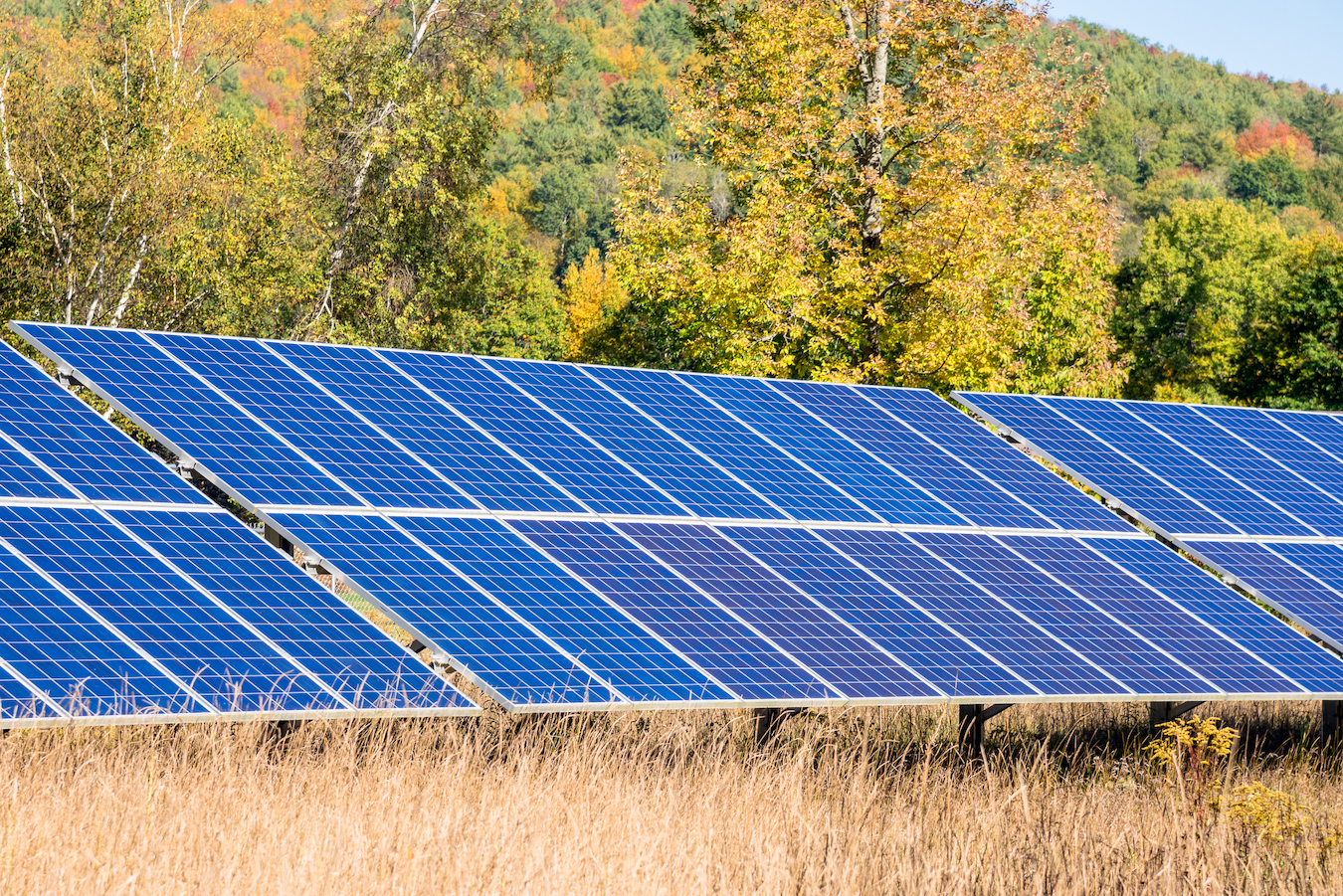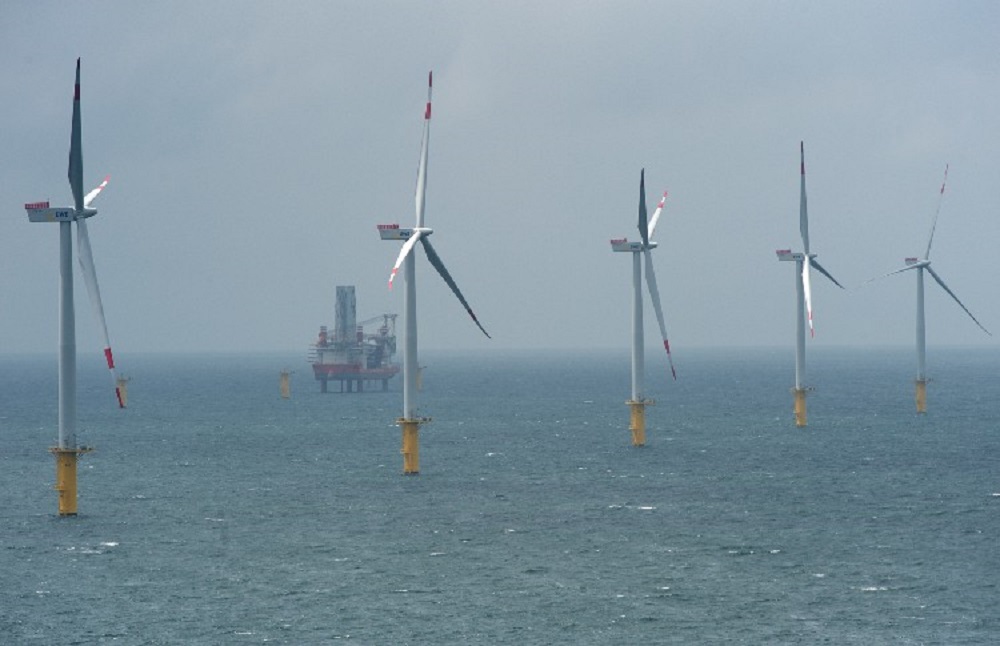Why is Maryland’s clean energy law subsidizing wealthy out-of-state corporate polluters?
One puzzling question in Maryland climate policy is why lawmakers insist that residents and businesses subsidize the burning of black liquor at out-of-state paper mills through their utility bills.
Under Maryland’s renewable energy program, residents and businesses pay extra for electricity so that a portion of it comes from renewable energy. At least, that is the idea behind our renewable portfolio standard, which requires utilities to buy renewable energy credits from eligible facilities. But many of those credits don’t come from clean sources like wind and solar. In fact, a lot of our money goes to support multinational corporate owners of paper mills to burn black liquor, a dirty industrial byproduct of the milling process.
Paper mills burn this waste product to power their factories. Many mills have been burning black liquor as an energy source since the 1930s. Burning black liquor produces toxic air pollution as well as carbon dioxide, and in most cases, there isn’t even surplus energy to sell to the electric grid.
Yet Maryland considers black liquor to be a renewable energy under its renewable portfolio standard. Since 2008, Maryland ratepayers have spent about $91 million buying renewable energy credits from pulp and paper mills that burn black liquor. In 2016, Maryland electricity consumers paid more than $19 million for black liquor RECs, representing 23.4 percent of all RECs. In 2017, when the price of RECs dropped because of an oversupply of these credits, Maryland customers paid over $10.5 million to subsidizes these mills, again representing about 24 percent of all renewable energy credits.
Maryland is the only state that uses its renewable energy law to take money from its residents and businesses and give it out-of-state companies to burn black liquor. These subsidies come with no strings attached. Maryland ratepayers get nothing tangible in return for their money: they get no energy, no commitment to produce any new energy for the grid, and no promises to make mill operations more sustainable.

Tim Whitehouse
The Clean Energy Jobs Act, which the Maryland General Assembly will consider this session, presented an opportunity to correct this wrong, yet the act simply continues this practice.
And who exactly are Maryland businesses and residents subsidizing?
In 2017, Maryland ratepayers subsidized the owners of 11 mills in six states, including just one in Maryland, which only received about 6 percent of Maryland subsidies. The other mills are located in Virginia, North Carolina, Ohio, Tennessee and Pennsylvania.
These mills ranks among the most highly polluting industries in their respective states. Not surprisingly, they are owned by powerful, well-financed corporations, many of whom have troubling environmental records.
The Ohio facility is owned by Lindsay Goldberg LLC, a New York private equity fund with $13 billion in assets. The others are owned by large multinational corporations, including WestRock, International Paper, Domtar and Glatfeter.
WestRock, formerly known as MeadWestvaco, is headquartered in Atlanta, Georgia. WestRock has more than $25 billion in assets and over 320 manufacturing and other facilities around the world. Maryland ratepayers spent almost $9 million to buy renewal energy credits from WestRock Virginia facilities in 2016. This was slightly less than WestRock CEO’s compensation in 2016 of $10,415,022. In 2017, Maryland ratepayers spent about $4 million on credits from these mills.
Since 2000, WestRock has paid a total of $19,401,403 in fines for offenses including wage and hour violations, environmental violations, labor relations violations, employment discrimination and workplace safety/health violations, according to the resource center Good Jobs First.
WestRock’s Covington, West Point and Hopewell facilities are all major emitters of air toxins, including ammonia, hydrochloric acid, hydrogen sulfide and methanol. In fact, Covington was the No. 1 emitter of toxic air pollutants in Virginia in 2015, according to a Sierra Club report using data from the U.S. Environmental Protection Agency. This put Covington ahead of even the largest coal plants in the state. WestRock’s West Point facility came in at 5 on the list of top toxic air emitters, with Hopewell at number 15.
Just this year, WestRock agreed to spend $3.5 billion to acquire KapStone, a rival corporation whose Kapstone Kraft facility in North Carolina ranked No. 11 on a 2015 list of top CO2 emitting facilities in that state. Maryland bought over $1 million worth of RECs generated from KapStone facilities in 2017.
Another major polluter that profits from Maryland’s RPS is International Paper, the largest pulp and paper manufacturer in the world. Its Franklin Mill facility earned the No. 4 spot on the list of toxic air polluters in Virginia. Sales of black liquor RECs to Maryland from the Franklin Mill facility were about $1.15 million in 2017. This was a small fraction of their CEO’s $12,325,553 compensation for 2017.
There is also Domtar. Domtar’s North Carolina facility has been cited for releasing excessive amounts of toxic air pollution and for causing soil and groundwater contamination. In 2011, Domtar asked the state to repeal its health-based pollution limits.
Notwithstanding its environmental record, Maryland ratepayers spent an estimated $2.5 million to buy black liquor RECs from Domtar facilities in North Carolina and Tennessee in 2017. These REC sales equal about 63 percent of the $4,085,352 in bonuses earned by Domtar’s six top executives in 2017.
The Pennsylvania mills that sold RECs into the Maryland market are owned by Domtar, the other Glatfeter. Pennsylvania is the only other state that subsidizes black liquor as a renewable energy, but Pennsylvania, unlike Maryland, will only subsidize mills in Pennsylvania. Presumably, Pennsylvania mills are selling into the Maryland market because they can earn more from Maryland ratepayers than Pennsylvania ratepayers.
Without changes to Maryland definition of renewable energy, Maryland ratepayers could be stuck handing over hundreds of millions of dollars more to these out-of-state corporations by 2030.
The question is: Do these out-of-state mills need or deserve clean energy subsidies from Maryland ratepayers? The answer is no.
These subsidies, which are hidden fees in our electric bills, are small change to the executives who run these corporations and to the legislators that control our purse strings, but they are a lot of money for Maryland ratepayers who are struggling with their bills, or for those of us who support clean energy but want our money to support clean energy development in Maryland.
This session, the Maryland General Assembly should amend the Clean Energy Jobs Act to remove black liquor from the definition of renewable energy. We don’t need out-of-state corporate polluters making a mockery of our commitment to clean energy, and they clearly don’t need — or deserve — our money.
–Tim Whitehouse
The writer is the executive director of the Chesapeake Physicians for Social Responsibility.




 Creative Commons Attribution
Creative Commons Attribution